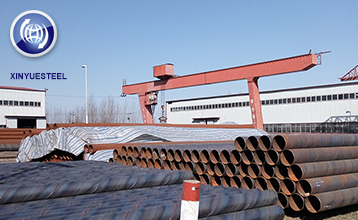The export volume of refractory materials is increasing year by year
Jun. 21, 2021
Since the reform and opening up, refractory raw materials such as magnesia and bauxite clinker first entered the international market. After joining the WTO, refractory products quickly followed up on the international market and made a certain contribution to my country’s export earnings.
China's total export trade of refractory raw materials and products was only US$581 million in 2001, exceeded US$1 billion in 2005, US$2 billion in 2008, US$3 billion in 2010, and US$4 billion in 2018. The export trade volume in 2019 was 3.525 billion U.S. dollars, if monolithic refractories are added, the current export trade volume should be around 4 billion U.S. dollars.
The effect of business model innovation is remarkable
Around 2000, Wuhan Iron and Steel Refractory Company created and promoted the business model of general contracting of refractory materials in Zhujiang Steel Plant and Shaoguan Steel Plant. At present, most steel plants in the country adopt the business model of general contracting of refractory materials.

Although the overall contracting business model has unfavorable factors for payment lag, it has played a positive role in rectifying and regulating the order of the refractory material market and the improvement of industrial concentration.
The overall contracting business model places extremely high requirements on the product quality, variety and supporting capabilities of design, construction, and maintenance of refractory manufacturers, which will inevitably lead to the shift of the market to large-scale superior enterprises.
After the signing of the large-scale enterprise contract, due to the limitation of product variety, some small and medium-sized enterprises must be selected for supporting products, and a new cooperation model has been formed, thereby gradually increasing the market voice of large-scale superior enterprises.
Overall contracting helps reduce the consumption of refractory materials per ton of steel. Contracting companies independently select the varieties and quality of refractory materials, optimize the distribution, extend the service life of the furnace lining, and reduce the consumption of refractory materials per ton of steel, from 20kg/ton of steel in 2000 to about 15kg/ton of steel at present, achieving good corporate benefits And social benefits.
Actively promote smart manufacturing and green development
Under the guidance of relevant national policies, many key enterprises in the refractory industry have embarked on a green development path of energy saving, environmental protection and intelligent manufacturing, and invested heavily in the construction of energy-saving and environmentally friendly intelligent production lines.
So far, key refractory companies have achieved outstanding performance in practicing the concept of green manufacturing. 8 refractory companies have been selected as the fifth batch of "list of green manufacturing companies" by the Ministry of Industry and Information Technology, and 4 manufacturing companies have been rated as important by the Ministry of Ecology and Environment. Nearly 20 of the A-level enterprises that have classified management and control of emergency emission reduction measures in key industries of polluted weather have been rated as B-level enterprises.
In recent years, with the continuous increase of the national environmental protection rectification efforts, refractory manufacturers have quickly deepened their understanding and put them into practice. So far, key enterprises in the main refractory production areas of the country have invested heavily in smoke and dust control, and have achieved significant results.



